
A significant step toward a new approach to protein engineering has been reported by University of California – Los Angeles (UCLA) scientists in the Journal of the American Chemical Society. “We are learning to control proteins in a new way,” said UCLA’s Giovanni Zocchi. The new approach involves mimicking essential cellular control mechanisms and Zocchi’s team has completed an important preliminary step in this direction.
Zocchi and co-researcher Brian Choi report one representative example where the chemical mechanism by which the cell controls the function of its proteins can be effectively replaced, in vitro, by a nanotech-like mechanical control. Specifically, they show how an enzyme complex called Protein Kinase A (PKA) – which plays a fundamental role in the cell’s signaling and metabolic pathways, and is controlled in the cell by a ubiquitous messenger molecule called cyclic AMP – can instead be controlled mechanically by a nano-device that the researchers attached to the enzyme complex. The nano-device could best be described as a molecular spring made of DNA.
PKA is made of four protein molecules which contain two regulatory subunits and two catalytic subunits. Zocchi and Choi mechanically activated PKA by placing a controlled mechanical stress on two specific points in the regulatory subunit, which causes that subunit to fall off from the catalytic subunit, activating the enzyme. In order to obtain the desired effect, the mechanical tension is applied at specific locations in the regulatory subunit.
Zocchi explained that proteins are switched on and off by a mechanism called allosteric control in which proteins are regulated by other molecules that bind to their surface, inducing a distortion in the shape of the protein, making the protein either active or inactive. Cyclic AMP (cAMP) binds to PKA’s regulatory subunit and induces a change of conformation that leads to the catalytic subunit’s detaching from the regulatory subunit; this separation of the two subunits is how the enzyme complex is turned on in the cell. “We can activate the enzyme mechanically, while leaving intact the natural activation mechanism by cAMP,” said Zocchi. “We believe this approach to protein control can be applied to virtually any protein or protein complex.”
In the future, Zocchi plans to: “see whether we can make molecules which kill a cell based on the genetic signature of the cell. Cancer cells would be an obvious application. This will however require many further steps. So far, we have only worked in vitro. The exciting part is, from the outside, cancer cells can look like normal cells, but inside they carry a genetic mark. In the future, perhaps we can control more complicated molecular machines such as ribosomes. Many antibiotics work by blocking the ribosome of bacteria,” he added.

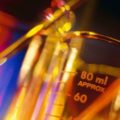
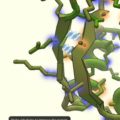



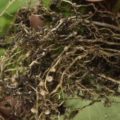

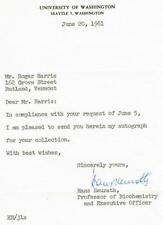


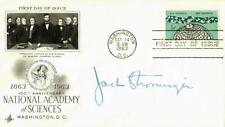
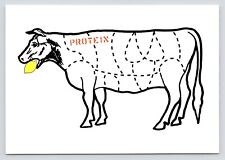

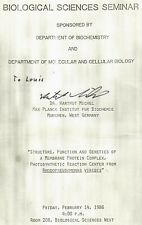

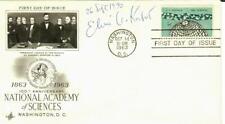

Comments are closed.